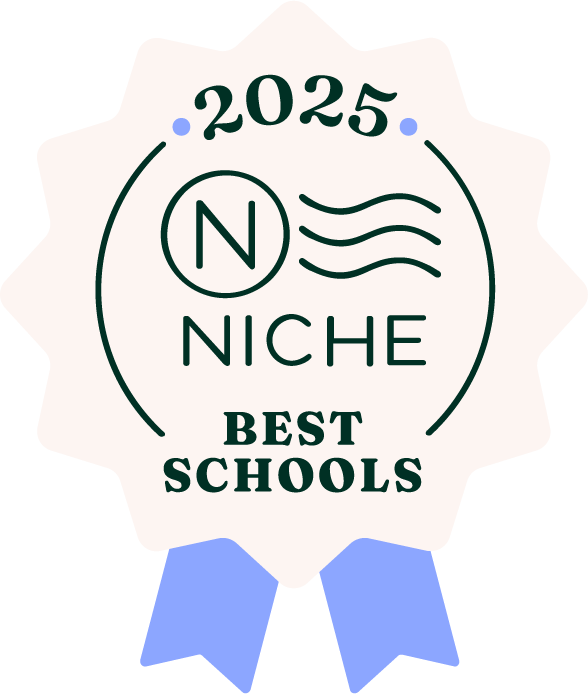We recently began a discussion on the quintessential similarities between computational thinking and the Montessori method. The three-part blog series is inspired by a recent New York Times article by Laura Pappano entitled “Learning to Think Like a Computer.” In our first post, we explained how even the simplest of Montessori materials teaches computational thinking skills. In this second installment, we highlight how the Montessori approach to education develops computational thinking within students.
We met with Jonathan McLean to talk about his semester-long assignment in the Middle School’s Creative Labs course. Like all classes in the Montessori curriculum, this visual and performing arts class integrates subject matter from other areas of study. More specifically, Jonathan is weaving together STEM (Science, Technology Engineering and Math) and Art History through a complex science fiction role-playing game involving student-built robots and drones. To make sense of the story and succeed in the game, Jonathan’s students must employ computational thinking skills.
Just what are these skills? In her New York Times article, Laura Papanno says they are “recognizing patterns and sequences, creating algorithms, devising tests for finding and fixing errors, reducing the general to the precise and expanding the precise to the general.”
Our middle school students are flexing all these mental muscles in a battle royale between the Drones and the Bots, the only remaining cultures in the elaborate story guiding this semester’s coursework. The setting is such: The Earth has overheated making it inhabitable for organic life. Only two warring cultures, Bots and Drones remain, but neither are safe. Volcanic activity threatens the Bots on land and atmospheric change jeopardizes the Drones in air. The Bots and Drones must appeal to an Alien culture to save them, and it just so happens the Aliens have tremendous reverence for the visual arts. As the Bots and Drones compete for the Aliens’ benevolence, they must do so with aesthetically appealing design and decoration which aligns with the Aliens’ favorite artistic movements.
As the facilitator, Jonathan plays the role of the Alien culture. The students are divided into multi-age teams aligned with either the Bot or Drone culture. Jonathan gives the students data sets with which to design, build and operate their Bots and Drones. The teams consist of students in the various rolls such as officer, designer, engineer and pilot. As the students receive, process and make sense of the data they receive, they must adapt to survive. Whether either or both cultures escape the Earth will be determined in a three-hour Bot versus Drone showdown next week. The teams’ performances are the students’ final exam for the class (and Jonathan has a surprise finale planned for the students if they find a win-win solution for the Bots and the Drones).
Rather than dictate or force rote memorization upon their students, Montessori teachers educate through integrated experiences. Jonathan has created a fictional and engaging theme to provide a framework in which the students are able to apply real-world skills. Students are absorbing data from multiple sources to identify problems, understand the scope of the problems and develop and test solutions. Additionally, Jonathan is purposefully withholding information forcing the students to uncover new information and draw conclusion on their own. Harkening back to Laura Pappano’s words about computational thinking: “Concealing layers of information makes it possible to get at the intersections of things, improving aspects of a complicated system without understanding and grappling with each part. Abstraction allows advances without redesigning from scratch.”
If all of this sounds like a lot of fun, it is. Our middle school students are learning science, technology, engineering and math in their visual and performing arts class. If a student loves art, he can pursue this interest through the final appearance of his Drone, but he must also ensure aesthetic enhancement doesn’t impact physical performance. On the contrary, if a student loves engineering, she can fuel her curiosity through building her Bot, but the structure must accommodate one of the Aliens’ preferred art movements, for instance, Cubism.
In most schools throughout the country, these two students couldn’t thrive in the same class, but the Montessori method demands they both succeed by allowing them to pursue their passions through integrated curriculum and independent study. No single class takes place in a vacuum of learning, and students must carry their knowledge and experiences from one class to another. Ultimately, it’s learning how to think (like computational thinking skills), versus what to think which prepares these students for a lifetime of achievement.


